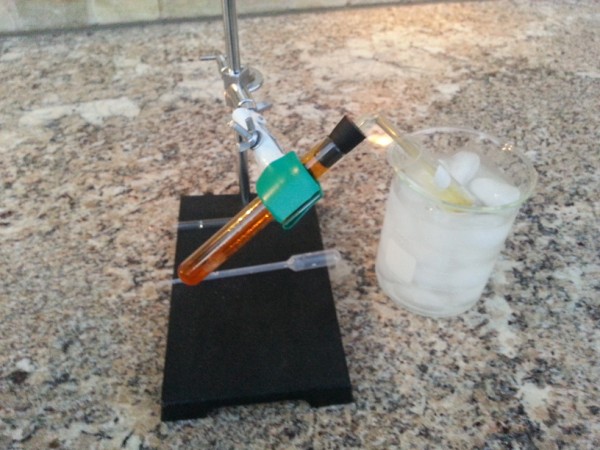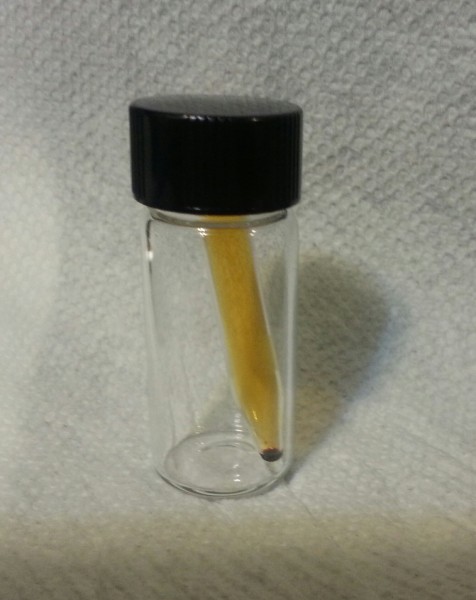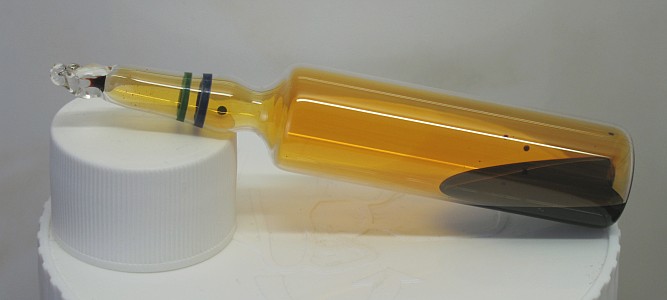




Quote: Originally posted by 12AX7  |
Quote: Originally posted by 12AX7  |


Quote: Originally posted by BobD1001  |

Quote: Originally posted by BobD1001  |
Quote: Originally posted by BobD1001  |

 (used 2kg NaBr)
(used 2kg NaBr)Quote: Originally posted by kristofvagyok  |
Quote: Originally posted by BobD1001  |
Quote: Originally posted by elementcollector1  |

 , the brown residue on the teflon is unknown to me, I tried
H2SO4, various solvents,... but it doesn't do any harm.
, the brown residue on the teflon is unknown to me, I tried
H2SO4, various solvents,... but it doesn't do any harm.| Quote: |
Quote: Originally posted by woelen  |